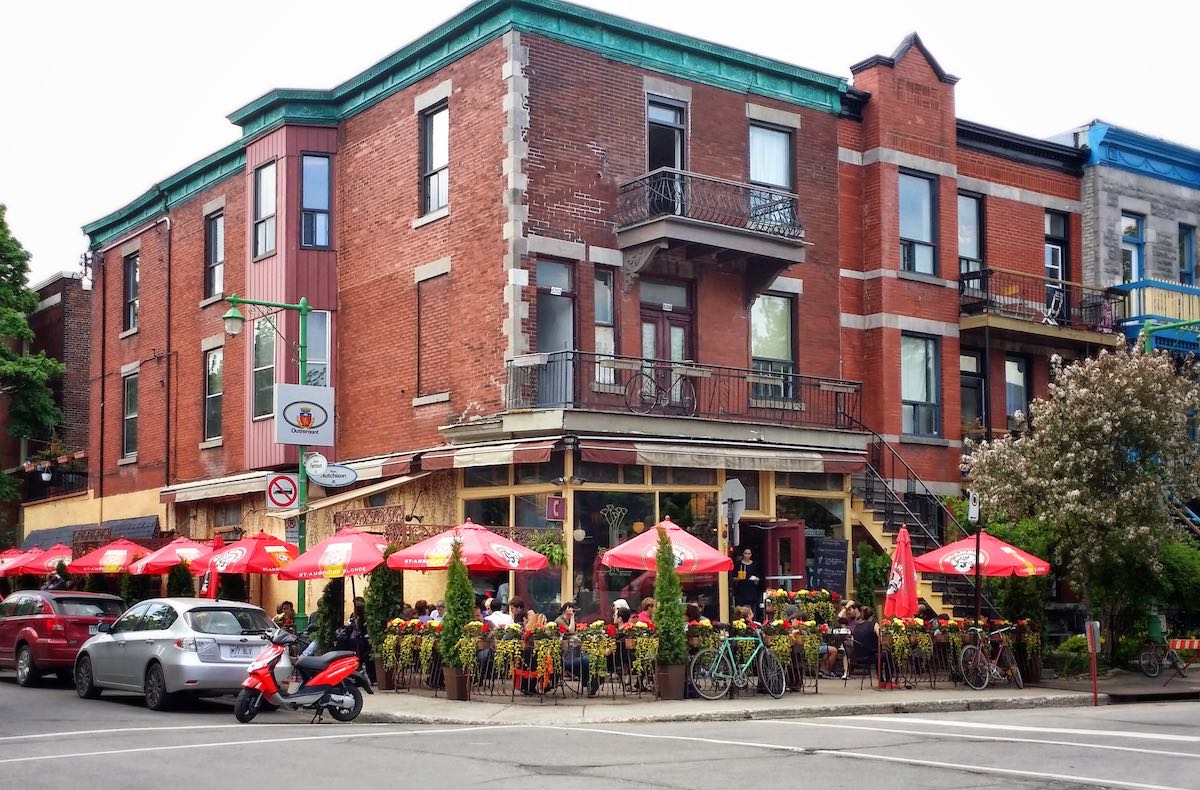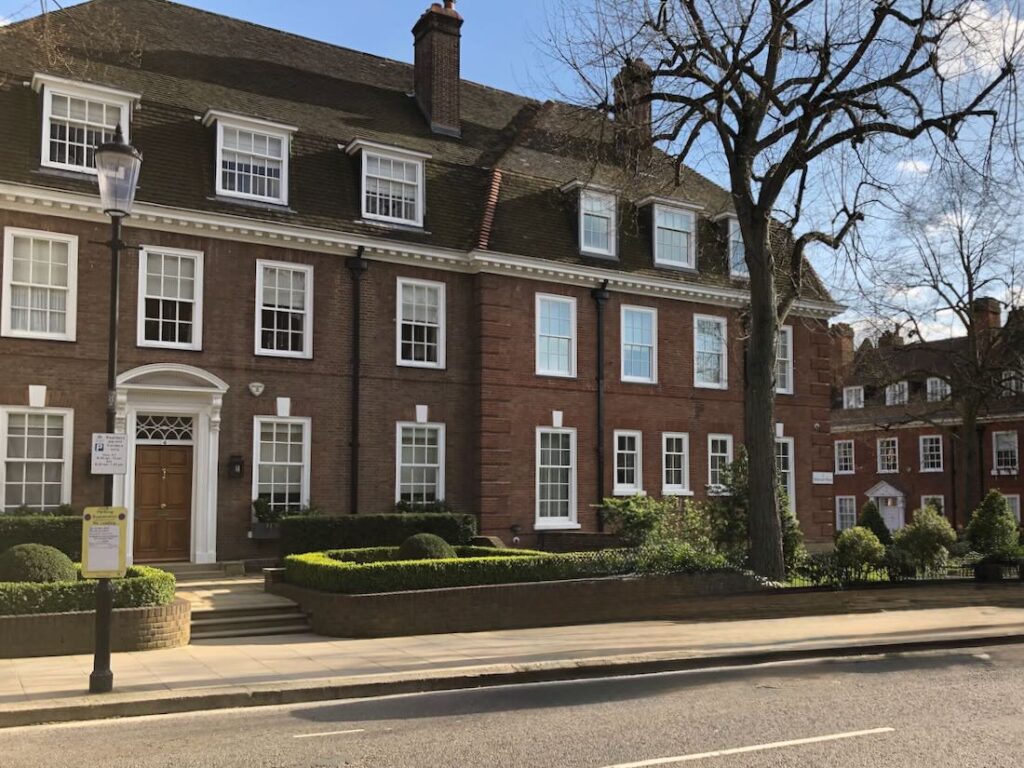The How of Densification, Part 2
Categories: Cities, Living, Resilience
I promised the “how of densification, part 2” five months ago. Crazy how time flies I was consumed by Canada’s federal election and the ridiculous conversation around tariffs and 51st state discussions.
So finally, I am back to firmer ground. Most of my work over the last 40 years has revolved around real estate, mostly in Montreal, Toronto, and Ottawa. My travel agenda features cities – old and new, large and small. Ergo, I like to think that I know something about cities.
First, some statistics:
I am sorry, but the statistics are important to give meaning to the argument for densification.
- Land area of the island of Montréal (the “Island”): ~ 500 square kilometres
- Total Island population : ~2,005,000;
- Density: 4,010 people per square kilometre (“psk”)
- Including the massive green spaces of Bois de Boulogne and Bois de Vincennes, Paris has a population density of over 20,500 people psk. Inner London is home to ~ 10,250 psk and hosts Hyde Park, Regent’s Park, Holland Park, Green Park, and others. Both Paris and London have very few high-rise residential buildings.
- The Montreal Metropolitan Census Area (“ CMA”) has a total population of about 4.35 million people.
- If the entire CMA population lived on the island, the density factor would be 8,700 ppsk – 1,550 less than London. And, substantially less than the 20,500 that live in Paris.

Concentrate Civic Infrastructure:
Imagine the money that would be available for investment in:
- Public transit infrastructure that didn’t extend to the two off-island cities that sit on some of the best farm land in Canada.
- Public infrastructure, parks, active transportation networks
- Resilient wired utility services without miles of climate-vulnerable overhead cabling.
- Walkable neighbourhoods that minimize the need for cars
Well, we can’t go back but….
We Can Look Forward:
- Focus new investment in public transit to a tightly defined metropolitan area – don’t compensate with sprawling road networks expensive to build and maintain.
- Jealously guard existing farmland
- Set densification targets around public transit systems. The penalty should be for building less, not more.
- Amend zoning restrictions for new and existing single-family home communities to allow for plexes and small apartment buildings.
- Invest in urban resilience – green roofs, sponge / rain parks, nature parks, and micro-grids for electricity.
- Encourage investment in neighbourhood businesses that provide every day services and goods by dropping business taxes for locally-owned versus chain outlets.
Build ideal neighbourhoods for everyone, the anti-density argument fades.
2 Comments
I can’t disagree with any of that! Do you know of a working example in development?
Tom, I will look for an example that makes sense. Maybe Copenhagen? Do you have any suggestions?